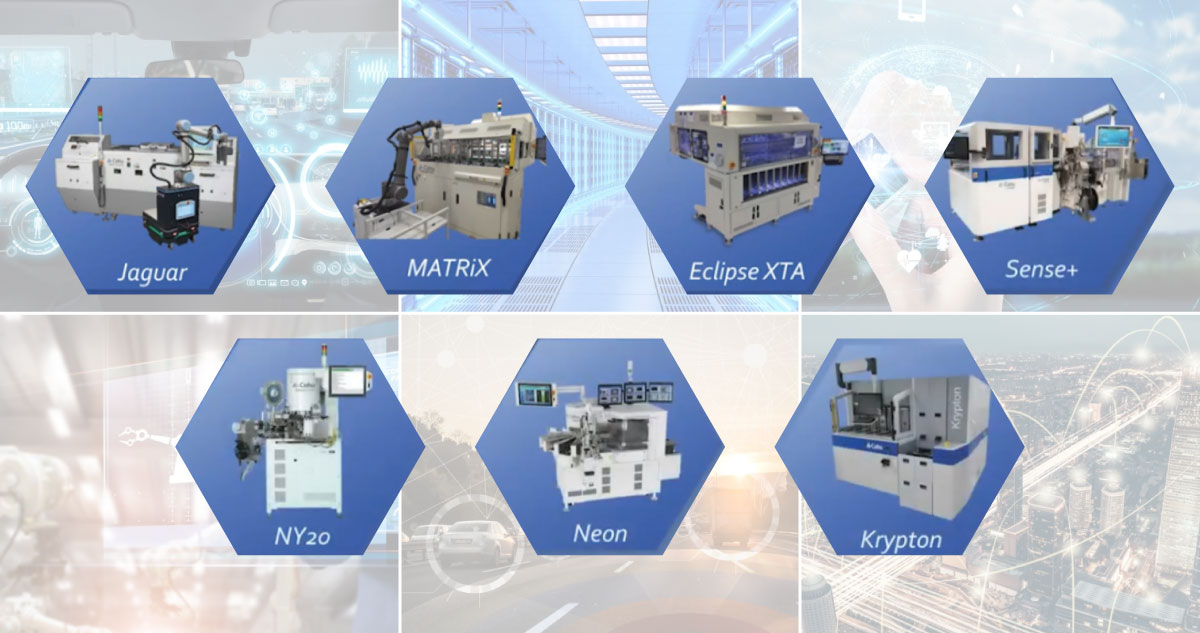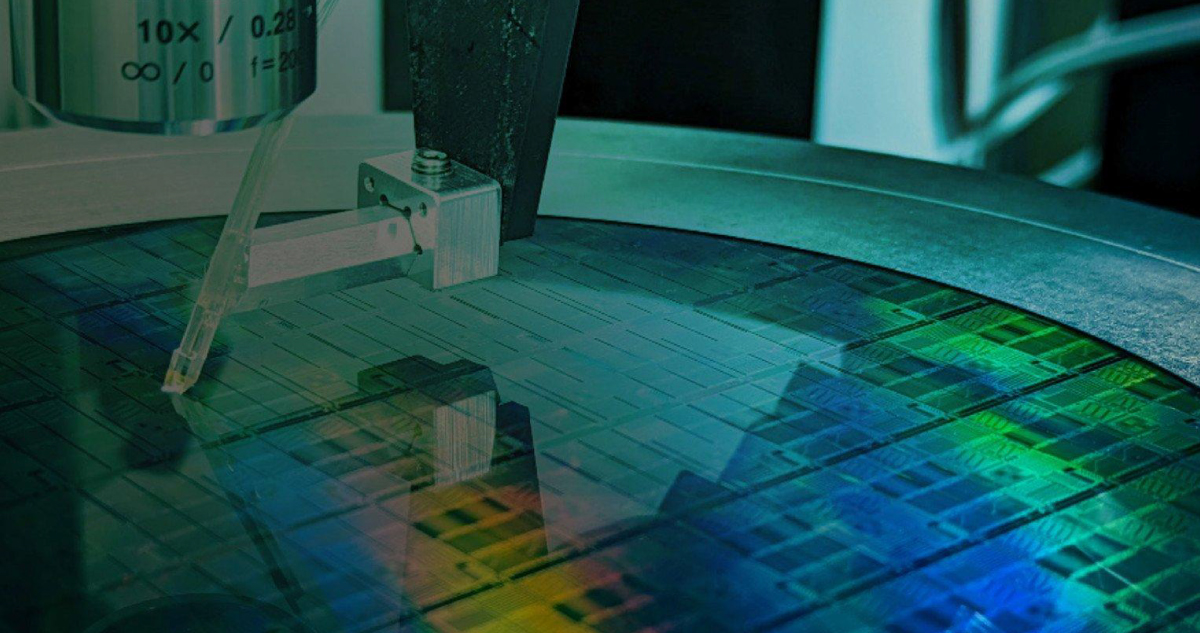The automobile industry has been the largest consumer of robotics and automation for a very long time. In fact, around 33% of all the robots produced are for the automobile industry. However, trends seem to be changing now. The demand for automation and robots in the electronics manufacturing industry has been on a steady rise and is currently at 22% (https://medium.com/supplyframe-hardware/robots-and-automation-in-electronics-manufacturing-a77f177585eb)
This figure is estimated to go up in the near future and chances are that the electronics manufacturing industry will become the primary consumer of automation and robotics. Today, we will take a closer look at how robotics is changing the landscape of soldering in the electronics manufacturing industry and why manual soldering is being upgraded to robotic soldering in both small-scale and large-scale companies:
Better Consistency
Robots offer better accuracy and repeatability when it comes to soldering joints. Automation also results in higher quality results since a robot always applies the same amount of solder for the specified period of time and utilises consistent heat. This means that all the components will have the same quality which is not usually the case with human operations. The issue of ‘Monday Morning’ solder joints gets taken care of completely when automation comes into the picture.

Increased Flexibility
Robots prove to be especially useful when dealing with the soldering of connectors or other odd-form components. When compared to other methods, like manual or wave soldering, they show many advantages that include applying flux to desired locations before soldering which is not always possible with wave soldering. With robotics, cleaning flux residue from the assembly after soldering has been done also becomes possible, which cannot be done in the case of wave soldering. Robotics offer greater flexibility since they allow you to introduce varied programs for soldering different joints which is not possible with wave soldering.
Greater Control
Robot arms work more or less in the same fashion human arms would work. However, the difference comes in the amount of control offered by robot arms over human arms. Robots prove to be ideal for in-line operations when circuit boards are fed to the conveyors. They ensure that each soldering application is done in a precise manner within a given time.
Higher Speed
When robot arms are employed for soldering in a conveyor setting, they increase the overall speed considerably by maintaining the set speed. Firstly, the set speed is anyways higher for a robot arm when compared to a human arm and secondly, robot arms eliminate human error and the time spent rectifying the error. Lastly, not all human employees can demonstrate super high speeds but that is not the case with robots, which can all work at the set speed.
Programmability
Robotics offers the possibility to reprogram the same set of equipment for a wide variety of different functions. Alternatively, manual soldering limits the kind of work the employees can do before they need to be trained to perform a separate set of functions. With robotics, you can program your equipment to work on a television circuit for a month and then reprogram it to work on car audio immediately afterwards, without having to spend time or resources on training.
Reduced Wastage
Since the levels of precision with manual soldering are definitely lower when compared to robotics, the waste generated by manual soldering is naturally much higher. For example, when a technician accidentally applies extra solder to a surface, it not only means wasted solder but also extra time spent to clean the excess and more product or flux being used for the cleanup. With industries constantly moving towards smart solutions for waste reduction, automation in soldering is an inevitable future in that aspect.

More Possibilities
With robotics the possibilities for soldering increase manifold. This can be understood better through an example. With the progress in technology, circuits and boards are getting increasingly more powerful and at the same time, smaller in size. This means that soldering is being required for increasingly smaller parts on miniature boards. Working on such a small scale is not always manually feasible. This is where robotics steps in, allowing us to work with greater precision on smaller surfaces. Technologies like laser soldering, which is used in varied fields including jewellery; and ultrasonic soldering that can be used to solder materials like glass and metal have greatly increased the possibilities.
Since electronic manufacturing in general and soldering, in particular, have so much to gain through robotics and automation, it comes as no surprise that the electronics industry is on the way to becoming the largest consumer of robotics. With the size of chips and circuits getting smaller and the possibilities of engineering getting larger, it is definitely a very interesting space to watch!
MELSS has been providing a diverse range of solutions for soldering for more than 25 years, from soldering stations to solder paste, cleaning solutions and connectivity testing. To supplement its exhaustive range, the latest offering from MELSS has been the soldering robot, Solderbot, with many unique features in both the desktop and in-line versions.For more: https://www.melss.com/latest/solderbot/





